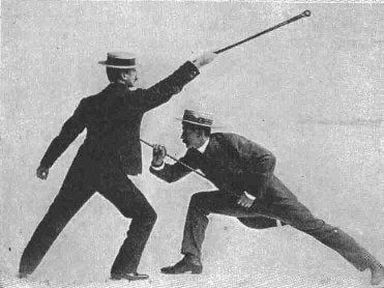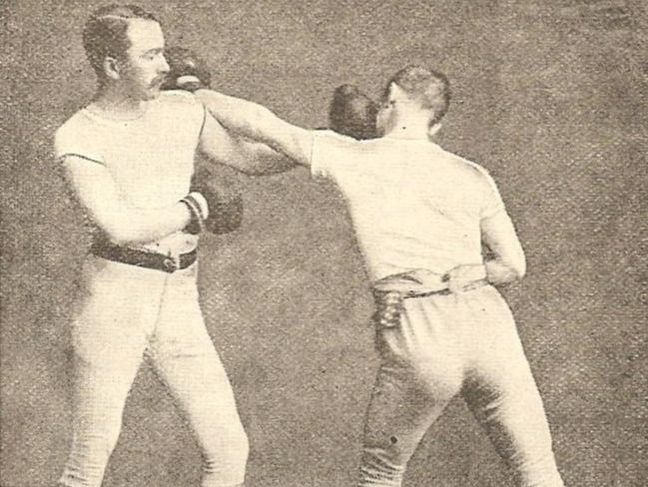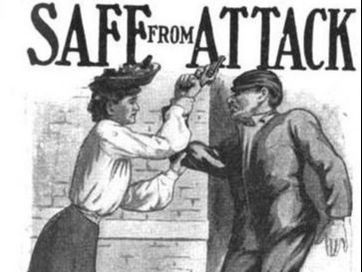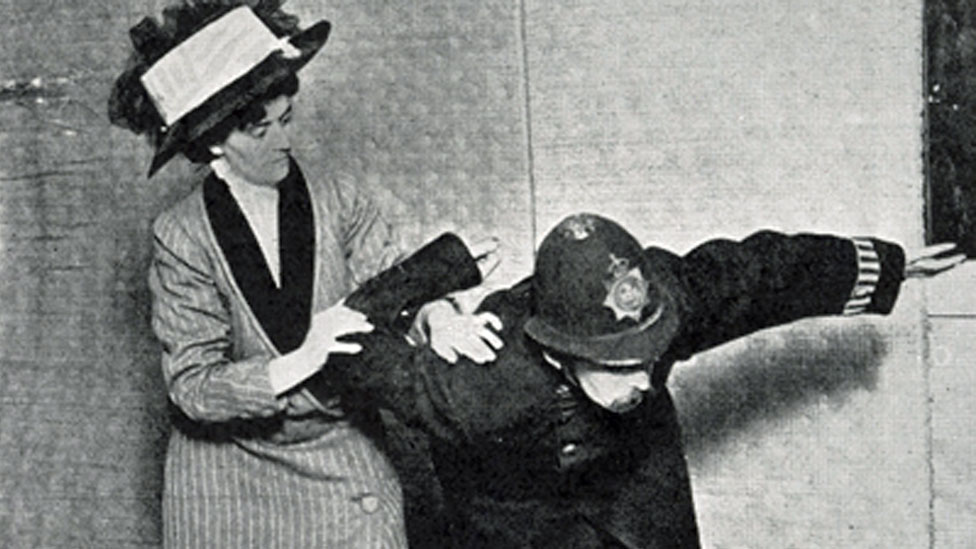Although Bartitsu & Suffrajitsu and related arts are not currently part of our regular timetable, Lauren is very happy to take private students for one-off lessons, or short courses. Please email chris@yorkschoolofdefence.co.uk to enquire further.

Victorian and Edwardian self defence took many guises, and whilst most are aware of the eclectic hybrid system developed by Barton Wright (dubbed ‘Bartitsu’) there are in fact many other forms of combatives from the period that we study. Stick fighting is the main focus of this class, drawing from a wide variety of British, French and American sources. This is the art of self defence for discerning ladies and gentlemen and it includes the use of parasols and other accoutrements to keep oneself safe in a period fashion.
As a truly combined system of martial arts this class also studies the art of boxing (often referred to as pugilism, although for our terminology we tend to use this when speaking of older sportive bare-knuckle traditions). As well as the pieces in various Victorian articles we use Rowland Allanson-Winn, 5th Baron Headley’s 1889 treatise on boxing to help us better understand the noble art of gentlemanly fisticuffs. This often takes the form of gentle partner work and pad drill, no-one will be asked to deliver or receive any actual combative punches unless they are absolutely happy to.


Our primary source for kicking arts comes from French in the guise of savate, an art that was often practised by Victorian and Edwardian ladies and gentlemen. Whilst original French savate is actually a form of kickboxing many authors adopted the kicking portion and fused it into their own hybrid systems along with other styles of boxing, cane and stick work and throws taken from traditional Japanese jiujitsu. Historical assaut savate is our primary focus.
In the late Edwardian and Victorian periods Romantic Orientalism was sweeping across much of the western world, so it is no surprise that many of the self defence systems aimed at ladies and gentlemen ignored native wrestling arts and instead looked to the East for inspiration. Traditional Japanese jiujitsu became a mainstay for period self-defence instructors, with many teaching throws and locks either taken directly from or inspired by those appearing in jiujitsu.


Suffrajitsu is a term used to describe the jiujitsu utilised by the suffragettes in an attempt to keep themselves safe from Metropolitan Police. The majority of the techniques were taught to various members of the suffragettes by Edith Garraud, and it proved very useful when undertaking acts of civil disobedience. The struggle of the suffragettes continues to shape the world around us well into the 21st century and we are delighted to study suffrajitsu to further expand our knowledge and understanding of the plight of the suffragettes.
